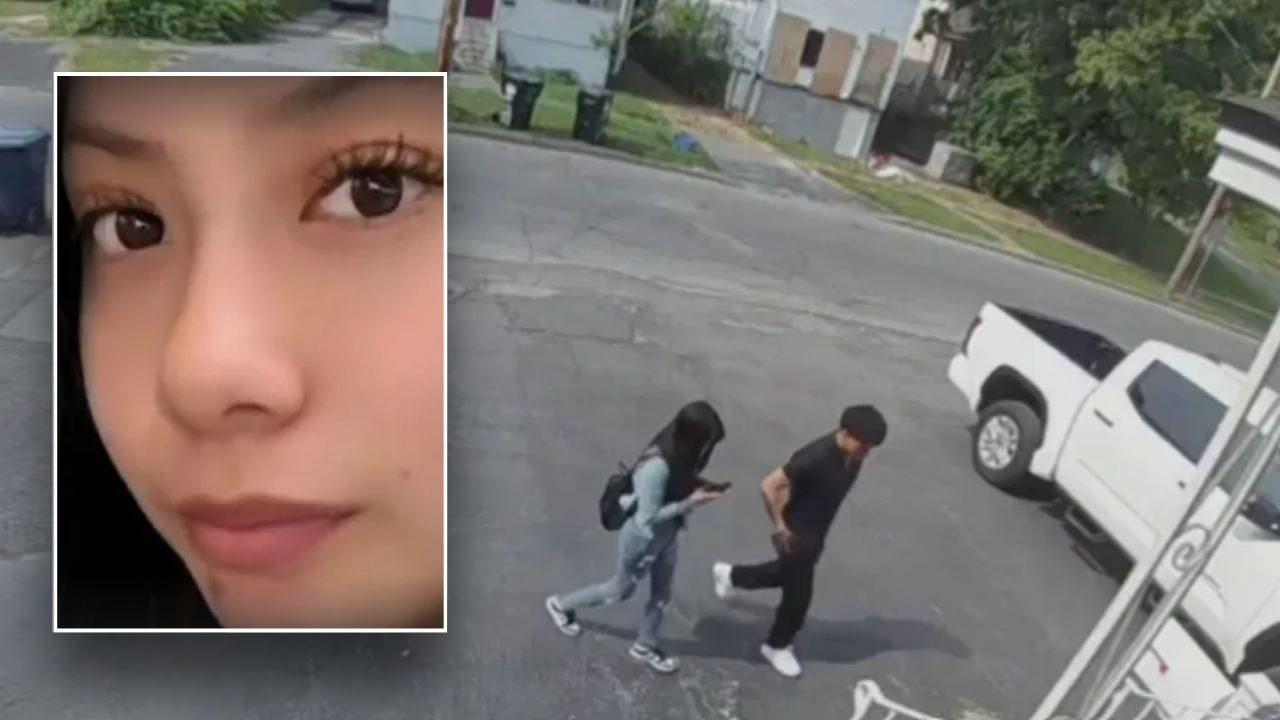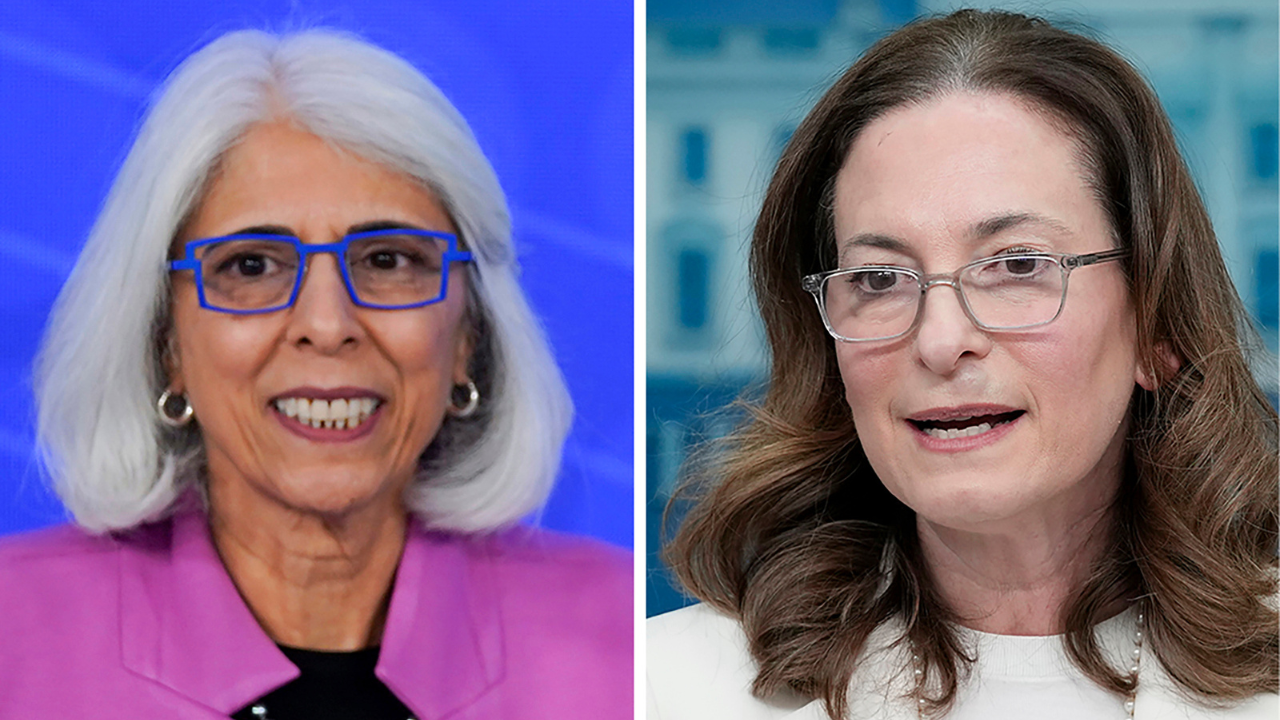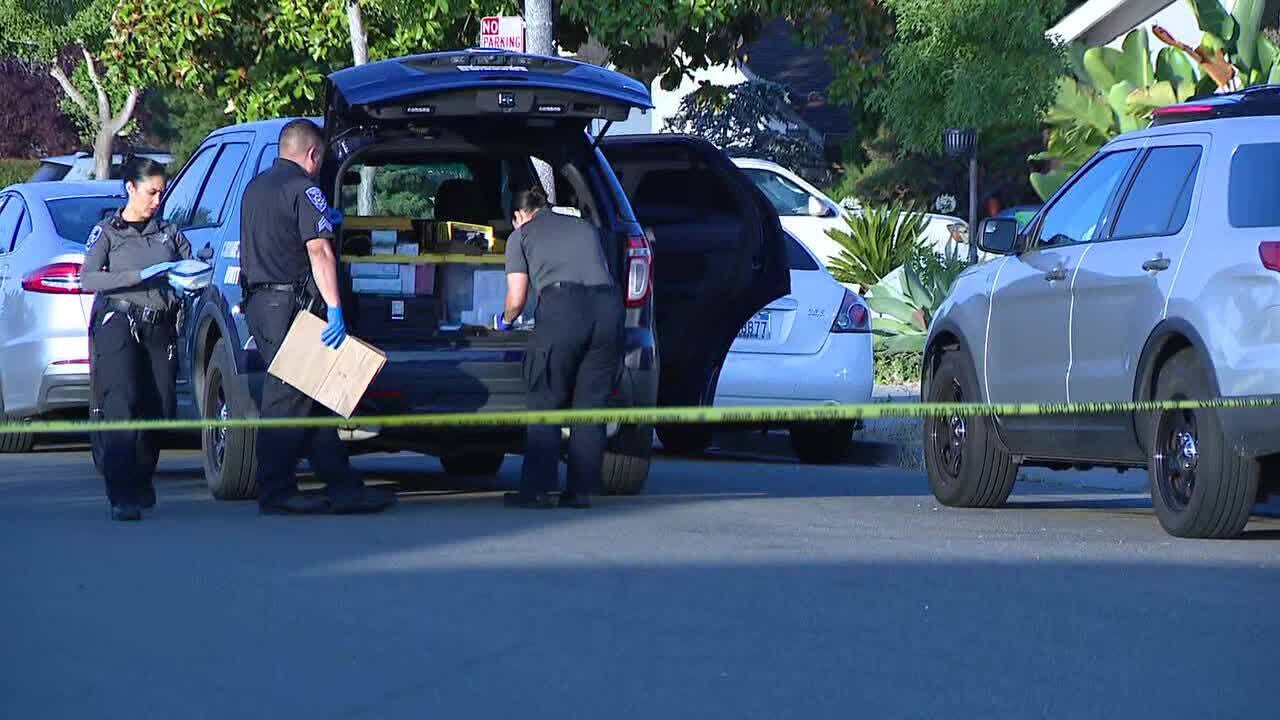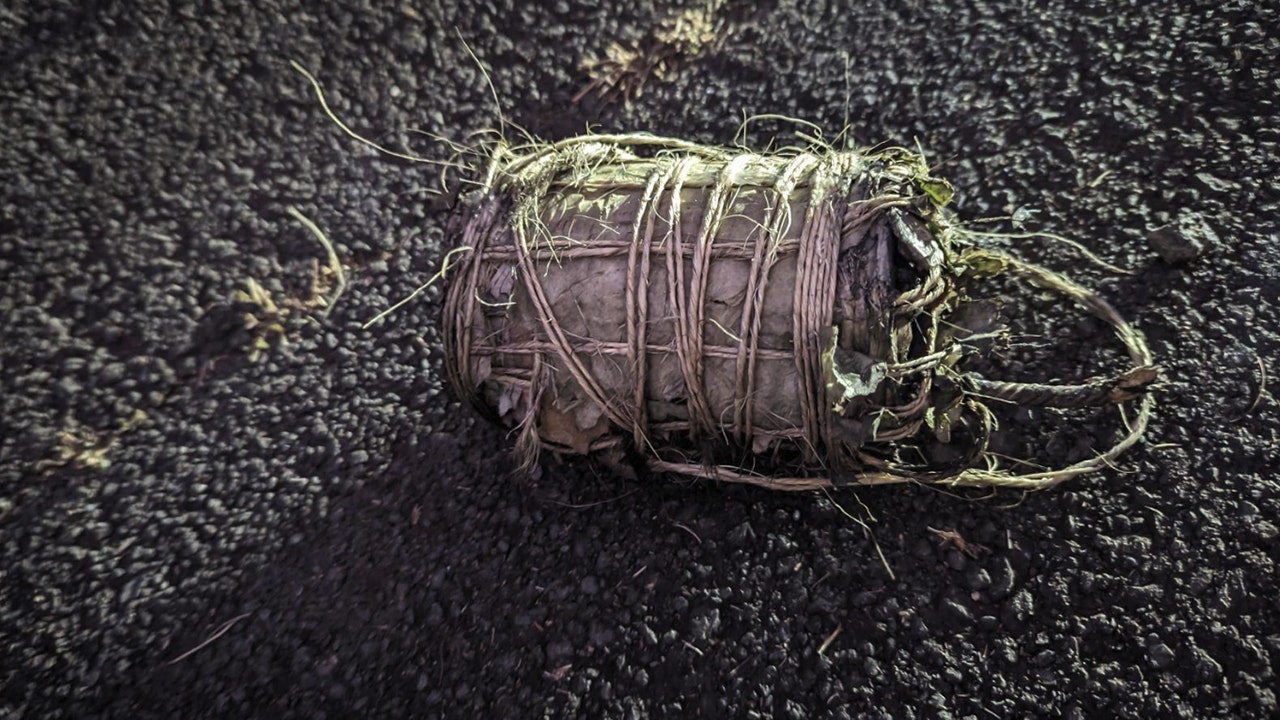Clarence Sasser, who ran through a hail of gunfire and sustained many wounds to save the lives of his fellow American soldiers during an ambush in the Vietnam War — an act of valor for which he received the Medal of Honor — died on May 13 in Sugar Land, Texas. He was 76.
The Congressional Medal of Honor Society announced the death in a statement, which did not provide further details.
The Medal of Honor is the U.S. military’s most prestigious decoration. Mr. Sasser was one of 61 living recipients, according to the Medal of Honor Society, a majority of whom fought in Vietnam. He was one of just three living Black recipients.
A combat medic, he earned his medal for saving, not taking, lives on Jan. 10, 1968 — “the longest day of my life,” he said in a 1987 oral history interview with the U.S. Army Medical Department Center of History and Heritage.
Mr. Sasser was stationed in the Mekong Delta, a riverine agricultural hub in South Vietnam that the Viet Cong could easily reach by crossing the nearby Cambodian border. Medics there aided soldiers who not only had mortar and bullet wounds but also jungle rot and fungal infections and leech bites, all inflicted by the swamps.
Days earlier, Mr. Sasser’s infantry company had been designated as backup. “For once we thought we were going to have a good mission,” he said in the oral history. Then, on the morning of the 10th, the company was told to head out on a reconnaissance mission to investigate reports of enemy activity. The soldiers loaded into helicopters.
As they arrived at a rice paddy, one helicopter was shot down. Mr. Sasser was “dumped,” he said, into the mud. Instantly he felt a bullet rip through his leg. Dozens of American soldiers were killed in minutes. As the injuries piled up, the company was left with only one of its four medics — Mr. Sasser.
A cry went out among his brothers in arms: “Doc! Doc!”
He heeded their calls.
He dashed through gunfire to one group of soldiers, and as he moved one to safety, a rocket explosion tore through his shoulder and back. But he kept running, through a barrage of rocket and automatic weapon fire, to help two more men. Injuries multiplied across his body: excruciating hot shell fragments embedding in his flesh, a ricocheting bullet slamming against his skull.
Mr. Sasser saw a safer way to move around the rice paddy. Rather than standing up and leaving himself open to attack, he lay down in the mud — which was two-and-a-half-feet deep, he estimated — and moved by grabbing one rice sprout after the next to pull himself along, almost like swimming.
He encouraged another group of soldiers to crawl to relative safety and spent hours continuing to attend to his comrades’ wounds until he ran out of medical supplies.
“The only thing I could offer was, shall we say, mental support, emotional support,” he recalled in the oral history. “Which I thought was part of medic’s job, too.”
About 4 or 5 a.m. the next day — nearly 20 hours after Mr. Sasser landed in the rice paddy — he and other survivors of the ambush were rescued.
Mr. Sasser was transported to a hospital in Japan. He did not return to active combat. In a White House ceremony on March 7, 1969, President Richard M. Nixon presented him and two other young soldiers, Joe Ronnie Hooper and Fred Zabitosky, with the Medal of Honor.
“It was really an experience, from my background, of course — you know, poor farm family,” Mr. Sasser said in a 2001 interview with the Library of Congress. “My mother and sisters were flown up to D.C., and this was, I guess, the best thing that ever happened to them.”
Clarence Eugene Sasser was born on Sept. 12, 1947, in or around the small town of Rosharon, Texas, a short drive from Houston. His family raised cows, pigs and chickens.
He graduated near the top of his segregated high school class and enrolled at the University of Houston, where he studied chemistry. To pay for tuition, he had to work, which meant that he could attend classes only part-time. That made him eligible for the draft.
He arrived in Vietnam within weeks of turning 20. Becoming an Army medic, he decided, approximated his dream as a chemistry student of becoming a doctor one day.
After receiving the Medal of Honor, he got a scholarship to attend Texas A&M University. He did not graduate, though he received an honorary doctorate of letters in 2014.
In about 1970, he married Ethel Morant, with whom he had three sons, Ross, Benjamin and Billy. His wife died in 1996. Ross and Benjamin also died. His survivors include his son Billy and several brothers and sisters.
Mr. Sasser spent most of his post-military career working for the Department of Veterans Affairs reviewing disability claims. He raised an American flag on a flagpole outside his home every morning and lowered it every night. He turned down many requests to recount his longest day — “These are memories that you deal with better if they’re not on the forefront of your mind,” he told the Library of Congress — but occasionally appeared at a ceremonial event or granted an interview.
He often spoke about the privilege of being a medic. He got first choice of rations. Everyone called him Doc. He was an object of reverence. All of that, he said, explained, his battlefield bravery.
“There’s no way that I could have, in my mind, not went to see about someone when they hollered medic,” Mr. Sasser said in the 1987 oral history. “Repayment of the adulation these guys heaped on you demanded that you go.”






